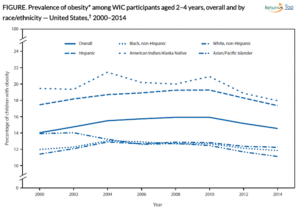By this time, you must have heard about the study in Clinical Infectious Diseases sponsored by the Pew Charitable Trusts. The study found nearly half of supermarket meat and poultry samples to be contaminated with Staphylococcus aureus. Half of the contaminated samples were resistant to multiple antibiotics.
Staph causes awful infections. When I was a child, my mother had a Staph infection that kept her out of commission for what seemed like months in that pre-antibiotic era. Antibiotics can keep Staph under control, but not if the Staph are antibiotic-resistant. Staph resistant to multiple drugs are a clear-and-present danger. No wonder this study got so much attention.
The study provides strong support for the idea that we ought to be reducing use of antibiotics as growth promoters in farm animals, an idea strongly supported by the CDC.
Even though 80% of U.S. antibiotic use is for farm animals, the meat industry strong opposes any proposal to change its practices.
The National Cattleman’s Beef Association responds by attacking the science:
Calling into question the safety of U.S. beef without conclusive scientific evidence is careless and misleads consumers. Pew Charitable Trusts, an agenda-driven organization on this issue, funded this study, which concludes that its extremely small sample size was ‘insufficient to accurately estimate prevalence rates’ and that ‘public health relevance of this finding is unclear.’ The study’s authors clearly call into question the validity of their own study. The bottom-line is U.S. beef is safe and is part of a healthy, well-balanced diet.
The American Meat Institute reassures the public that meat is safe. After all, you are going to cook your meat, aren’t you? In any case, the responsibility rests with you.
While the study claims that the many of the bacteria found were antibiotic resistant, it does note that they are not heat resistant. These bacteria are destroyed through normal cooking procedures, which may account for the small percentage of foodborne illnesses linked to these bacteria.
As with any raw agricultural product, it is important to follow federal safe handling recommendations included on every meat and poultry package that urge consumers to wash hands and surfaces when handling raw meat and poultry and to separate raw from cooked foods to ensure that food is safe when served.
These sound like the arguments that the meat industry has made for years for Salmonella and E. coli O157:H7.
I see this study as another reason why we need better food safety regulation, and the sooner the better.
Postscript: Bill Marler reports that he had 100 samples of chicken tested from Seattle markets:
IEH Labs found S. aurea [sic], or staph, in 42 percent of the samples overall and Campylobacter in 65 percent. The supermarket chicken was contaminated with other pathogens as well: 19 percent of the samples tested positive for Salmonella, one tested positive for Listeria, and 10 percent showed the presence of the methicillin-resistant S. aureus (MRSA). In an unusual finding, one of the chicken samples tested positive for E. coli 0126, Shiga-toxin producing E. coli (STEC) bacteria more likely to be a contaminant of beef than poultry. Organic Chicken proved to be slightly less contaminated than nonorganic with 7 of the 13 (54%) testing positive for harmful bacteria.
As I said….



